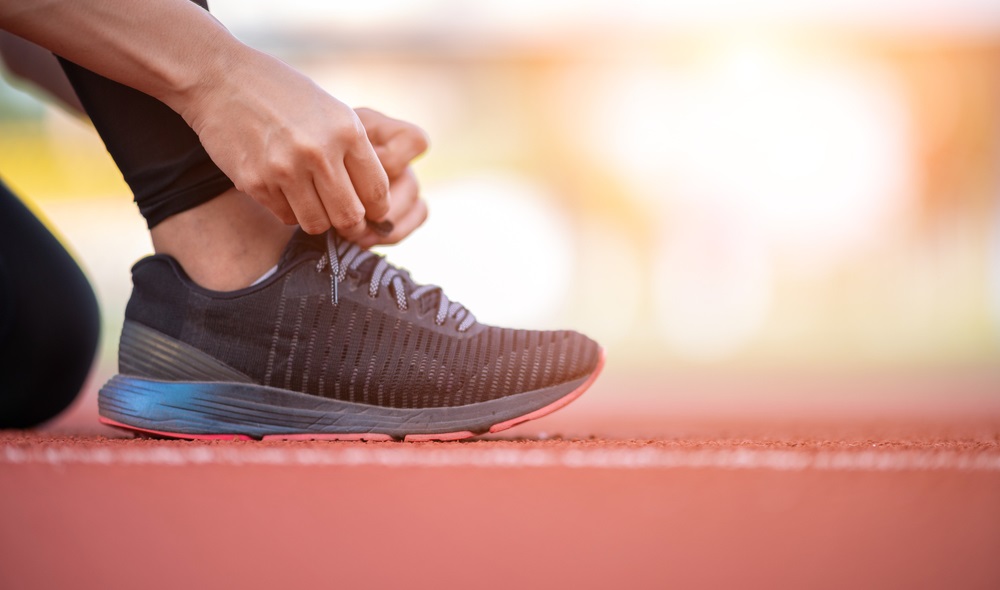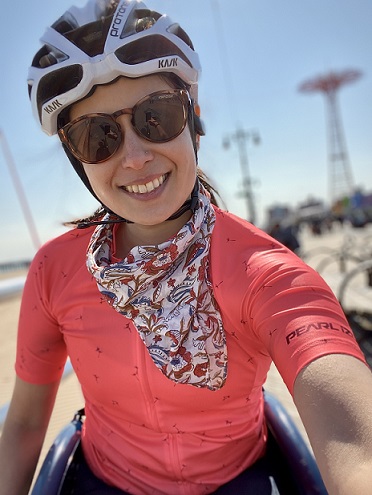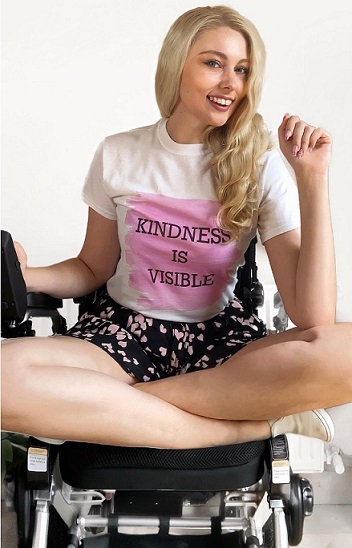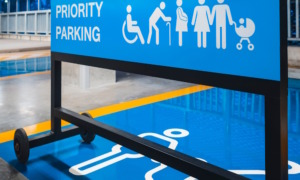 NIRAT.PIX/SHUTTERSTOCK
NIRAT.PIX/SHUTTERSTOCK
By now, we all know that businesses that are considered nonessential have been shut down due to the coronavirus outbreak. Any business that draws crowds of people has been closed to avoid the potential spread of the virus. One that many of us are truly missing is the gym.
With gyms and sports centers in many places being closed off to the public, it made me wonder how young people in the disabled community are getting their exercise. I know that some have opted to go for walks or runs around their neighborhoods, but is this a good option for people who often use mobility equipment to get around? I spoke to two young women who told me what they have been doing to stay in shape.
Hillary Wool is 32 and lives in Brooklyn, New York. She lives with both ankylosing spondylitis (arthritis of the joints of the spine) and Ehlers-Danlos Syndrome (connective tissue disorders). Besides leading her company’s disability network, she is a member of the Spondylitis Association of America‘s New York City chapter, part of the Achilles NYC para-racing team as a wheelchair racer and cyclist, and is involved with a disabled women’s group through the Rollettes wheelchair dance team.

Hillary Wool
“I started getting into wheelchair racing right before the pandemic began,” Wool said. “At exactly 6 feet long, my racing chair has been the perfect social distancing activity — and I’m lucky to live near Prospect Park in Brooklyn. With fitness studios closed, my husband and I invested in a Peloton bike, and I’ve loved being able to cycle, practice yoga and strength train at home with on-demand classes.”
The changes made during the pandemic may be a good option for young people with disabilities going forward, she said. “Now that organizations have adapted, I really hope that workplaces, universities and other groups will be more open to virtual ways of communicating as we move forward. It would meaningfully benefit the disability community,” Wool said.
Johannah Sangster is 24 and lives in Norfolk, England. Sangster, who lives with joint hypermobility syndrome, has a line of shirts for people with invisible illnesses. She said she tries to spread awareness and positivity about disability.

Johannah Sangster
Like many of us, she is using what is available around her to work out. “For exercise, I’ve been taking short walks with my mobility aids around my neighbourhood,” she said. Not only is this a good way to get your heart rate up but it is also good to get some fresh air if you have been staying indoors.
Sangster said her experience with lockdown was different than some but that online relationships helped her a lot. “The first thing I noticed was that it was much easier for me to adapt to lockdown as I’d often previously felt ‘trapped’ in my house due to my disability before I owned a powerchair,” she said. “However, this didn’t make it an easy experience and, although I was able to cope with it, [it] brought back the feelings of isolation and lack of independence my disability used to cause me.”
Exercise can be a relief for us at a time when we have to spend so much time in our homes. It can help with stress and benefit both our mental and physical health. It can also prevent weight gain and improve sleep.
Although gyms and recreation centers are still closed as a safety precaution in many states, there are still ways to work out in your home or outside. Online classes for yoga and calisthenics are available. It is suggested that people get at least 150 minutes of aerobic activity each week so while you are taking precautions to protect your health please remember the role daily exercise plays in that.

Deandra Mouzon
Deandra Mouzon is a Georgia-based journalist who received a B.A. in journalism from CUNY’s York College. Currently she is working on a publication about youth with disabilities.































